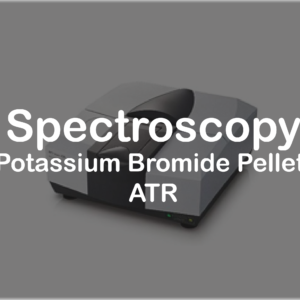Description
Brand
LABSYS (EVO), Mettler-Toledo (TGA/DSC 3+), NETZSCH (200F3), TA (Q200)
Introduction
TGA/DSC testing is widely used in the fields of polymers, rubber, coatings, adhesives, pharmaceuticals, fine chemicals, food industry, etc. for research testing, quality monitoring and failure analysis.
Test items:
Melting point, crystallization temperature, glass transition temperature, cold crystallization temperature, oxidation induction period test, specific heat capacity test, phase transition temperature, etc.
Services
- Temperature range: -80℃ to 550℃, room temperature -1400℃
- Heating rate: 10℃/min or 5℃/min
- Sensor: heat flow sensor
- Measuring range: 0 mW to ± 600 mW
- Temperature accuracy: <0.1K (standard metal)
- Enthalpy accuracy: <0.1% (standard metal)
Requirement on Sample
- Sample size: powder is not less than 10mg.
- Sample shape: solid, liquid, powder, film or fiber samples are available.
- Sample size: For block samples, the sample size is required to be a circle with a diameter of <5mm, a thickness of 4mm or less, and a flat surface.
- If the sample contains halogen, sulfur, acid radicals, low-boiling metals and other components, please consult and confirm beforehand. Be sure to fill in the sample components truthfully , if you conceal and cause damage to the instrument, you must bear the maintenance cost.
- If only DSC is tested, the sample cannot be decomposed during the test. Before reserving DSC, TGA test data or literature should be used to determine the decomposition temperature.
FAQ
Can the sample be recovered?
Because the sample will undergo qualitative change or state change as the temperature increases during the test process, it is generally not recycled. Excess samples can be recovered.
How much sample size is generally required for testing?
The mass of the powder sample is ≥10mg, the size of the bulk sample is less than 5mm in diameter and less than 4mm in height.
What to pay attention to when testing
Strong acid and alkali samples should be diluted, and the samples should not be heated to produce corrosive gas.
Why should there be protective gas?
As an inert protective gas to prevent oxidation, etc. ; also as a heat transfer medium
What is the common atmosphere and special atmosphere for DSC testing?
Common atmosphere: N2: common inert atmosphere; Ar: inert atmosphere, mostly used for high temperature testing of metal materials; He: inert atmosphere, because of its good thermal conductivity, sometimes used for low temperature testing; Air: oxidizing atmosphere, can be used for reaction Atmosphere; O2: strong oxidizing atmosphere, generally used as reaction atmosphere;






Reviews
There are no reviews yet.